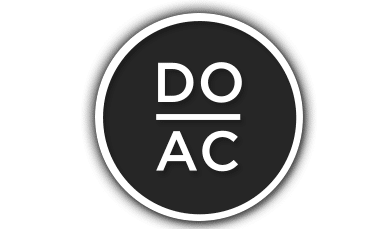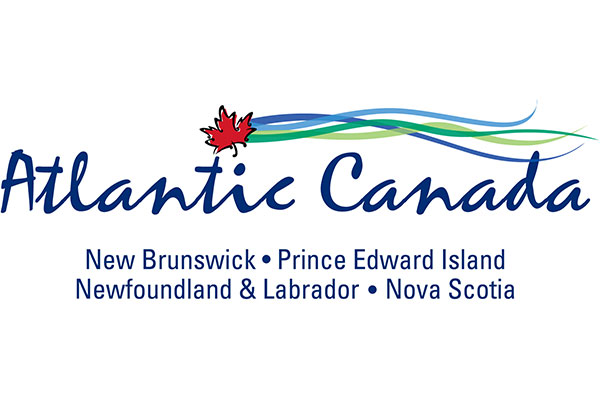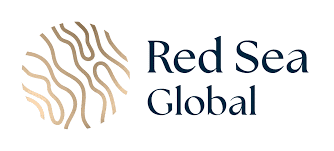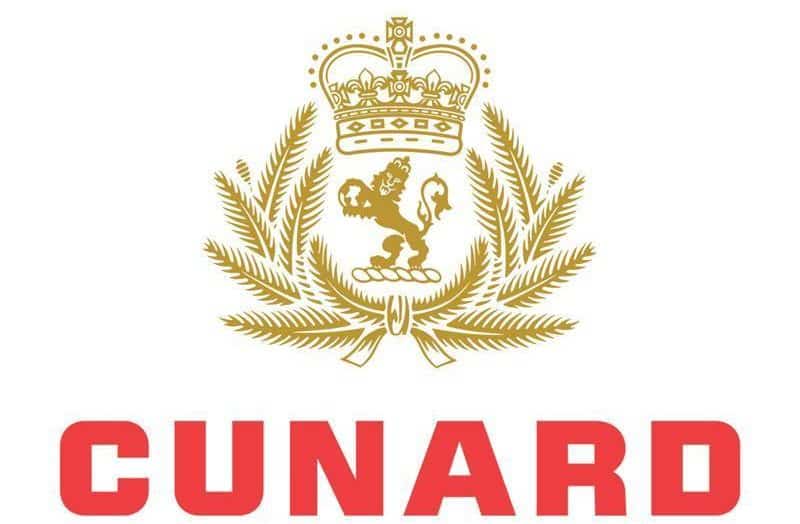Global tourism slump bottoming out?
Saturday, 09 Nov, 2009
0
The decline in the recession-led international tourism arrivals appears to be easing, according to the latest UNWTO World Tourism Barometer.
The downward trend that started in September last year may have begun to bottom out.
International tourist arrivals worldwide are estimated to have declined by 7% between January and August 2009.
Destinations worldwide recorded a total of 600 million arrivals, down from 643 million in the same period of 2008.
Arrivals in the two high-season months of July and August declined by 3% compared with a decrease of 8% in the first half of the year.
Latest data available for September points to a continuation of the upward trend.
The results, as well as most recent economic data, confirm UNWTO’s initial forecast of a 5% decline in international tourist arrivals for the full year 2009.
The UNWTO expects ‘moderate growth’ for 2010.
The initial forecast for 2010 indicates that international tourist arrivals are likely to see moderate recovery next year, with growth at +1% to +3%.
This outlook reflects the gradual improvement of international tourism figures in recent months, as well as the better-than-expected economic indicators in some major source markets, according to the organisation.
Asia will show the strongest rebound, while Europe and the Americas will probably take longer to recover.
Asia will show the strongest rebound, while Europe and the Americas will probably take longer to recover.
Africa is forecast to continue in positive territory as in 2009, with an extra boost from the 2010 World Cup in South Africa.
Growth is also expected to return to the Middle East.
“The end of the recession in a number of key markets is welcome news. But 2010 will still be a difficult year,” the UNWTO said.
“The end of the recession in a number of key markets is welcome news. But 2010 will still be a difficult year,” the UNWTO said.
“The risks associated with the A(H1N1) influenza virus remain on the horizon and the pace of economic recovery is expected to be modest.”
The IMF projects economic growth worldwide at +3.1%, but this will still be fairly sluggish for advanced economies (+1.3%) and stronger for emerging ones (+5.1%).
Unemployment, as a lagging indicator, is still expected to increase in many countries this year and throughout 2010.
Stimulus measures are likely to be phased out and, in a number of advanced economies, potential increases in taxation may put extra pressure on household budgets.
On the positive side, consumer confidence is giving signs of picking up, and interest rates and inflation are expected to remain at low levels.
A UNWTO Confidence Index is also improving after two periods at a historic low.
A UNWTO Confidence Index is also improving after two periods at a historic low.
More than 330 experts surveyed worldwide by UNWTO confirm that confidence is picking up.
The percentage of experts with a negative outlook for the next four months has decreased from 62% to 42% while, for 30% of experts, prospects are ‘equal’, and for 28% they are ‘better’ or ‘much better’.
UNWTO secretary-general Taleb Rifai said: “Throughout this year, the world’s tourism industry was faced with a large number of challenges, led by the global economic crisis, the credit crunch and rising unemployment, not to mention the influenza pandemic.
UNWTO secretary-general Taleb Rifai said: “Throughout this year, the world’s tourism industry was faced with a large number of challenges, led by the global economic crisis, the credit crunch and rising unemployment, not to mention the influenza pandemic.
“Seldom in recorded tourism history has the industry had to contend with so many different issues at the same time.
“However, the negative trend that emerged during the second half of 2008 and intensified in 2009 is starting to show signs of receding.”
Results for the first eight months of 2009 show that international tourist arrivals declined in all world regions, except in Africa, which bucked the global trend.
Europe, the Middle East and the Americas were the hardest hit:
*In Europe (-8%), destinations in Central and Eastern Europe were the most affected, but results for all other subregions were close to the average.
*In Europe (-8%), destinations in Central and Eastern Europe were the most affected, but results for all other subregions were close to the average.
*Asia and the Pacific (-5%) shows the clearest signs of improvement with growth already positive in August driven by the encouraging results of North-East Asia.
*In the Americas (-7%) there are still no clear signs of a reversal in the current decline trend. Growth continued to be fairly negative during the second quarter as well as in the months of July and August. South America has shown the best performance so far (-1%).
*The Middle East (-8%), though still well down on the growth levels of previous years, already saw a shift to positive growth between June and September (data for the region is fairly volatile due to the influence of major religious events in tourism flows).
*The Middle East (-8%), though still well down on the growth levels of previous years, already saw a shift to positive growth between June and September (data for the region is fairly volatile due to the influence of major religious events in tourism flows).
*Africa’s growth (+4%) was very positive given the current difficult environment.
by Phil Davies
by Phil Davies
Phil Davies
Have your say Cancel reply
Most Read
TRAINING & COMPETITION
 United Kingdom
United Kingdom United States
United States Asia Pacific
Asia Pacific












































Dozens fall ill in P&O Cruises ship outbreak
Turkish Airlines flight in emergency landing after pilot dies
Boy falls to death on cruise ship
Unexpected wave rocks cruise ship
Woman dies after going overboard in English Channel